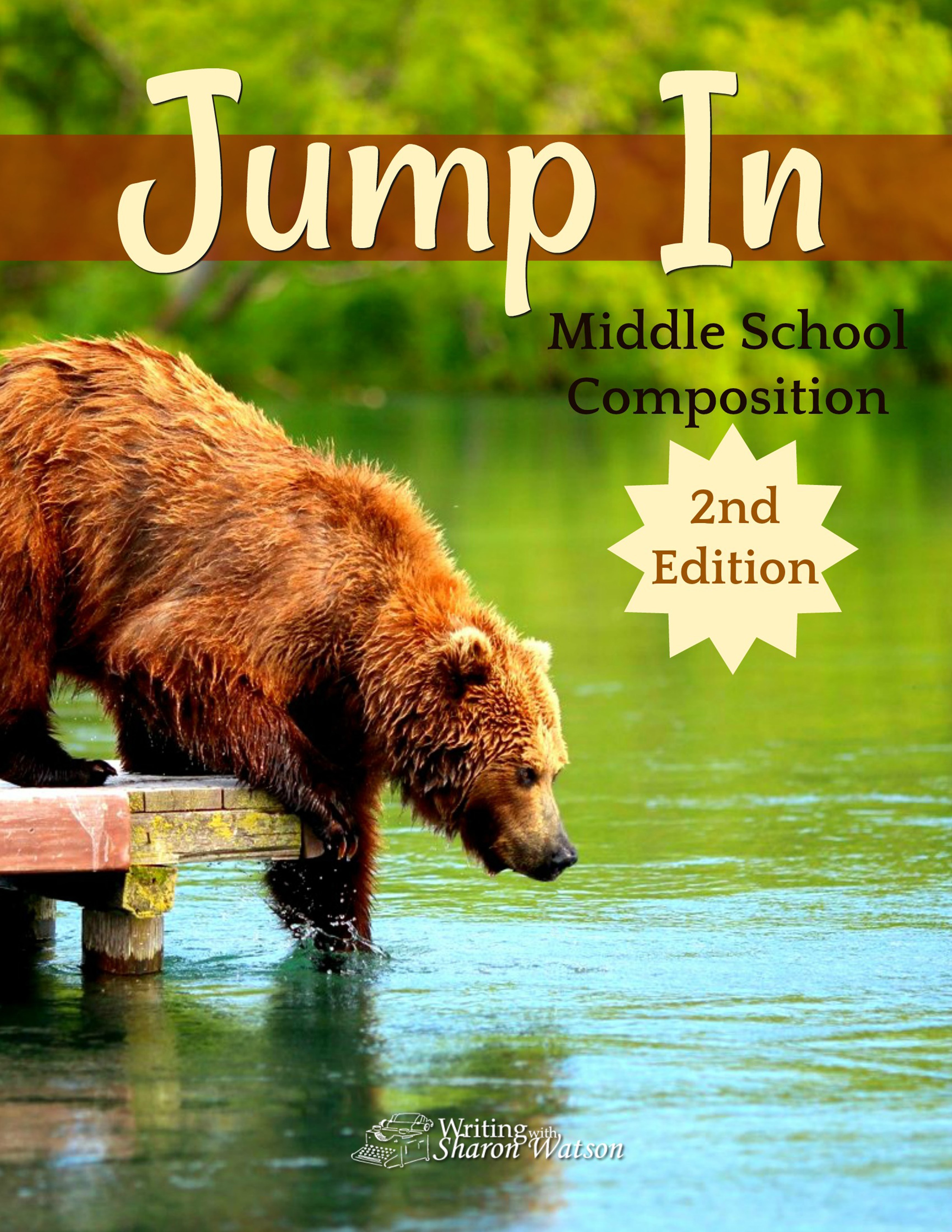April is National Poetry Month. What a wonderful time to try your hand at writing a poem!
Haiku (high KOO) is a beautiful poem form that comes from Japan. It is usually about nature and can be spoken in one breath.
Syllables are important in a haiku. Words can be broken into parts based on their vowel sounds. Those parts are syllables. Tree has one syllable. Forest has two. And timberland has three. When you speak these words out loud, you can hear their syllables.
Haiku poems have another feature: They do not rhyme.

Haiku
The first line has five syllables, the second line has seven, and the third line has five again.
Here’s an example of a haiku from a famous master of haiku writing from the 1600s, Matsuo Basho:
An old silent pond…
A frog jumps into the pond,
splash! Silence again.
Here are three examples of Haiku written by students. Can you say any of them in one breath?
The trees, tall and round,
branches swaying in the wind.
Will they fly away?
*****
Oh, little sparrow,
singing deeply from within,
how you please thy God.
*****
The sun, a hot ball,
sinks into the cold ocean.
I look for the steam.
Here are two by my mother:
A yellow finch and
a hummingbird, late for choir,
dart past my window.
*****
Those marauding squirrels,
they scamper and chase and twitch,
then hide their treasure.
Now it’s your turn: Think of a snapshot of nature you’d like to capture and then write a haiku. Use the pattern of syllables: 5,7,5.
Note: This writing prompt is adapted from Jump In, our middle school writing curriculum.
Teachers, connect with Sharon on Facebook or Pinterest!












